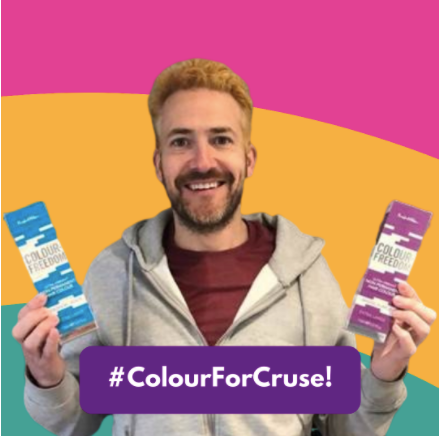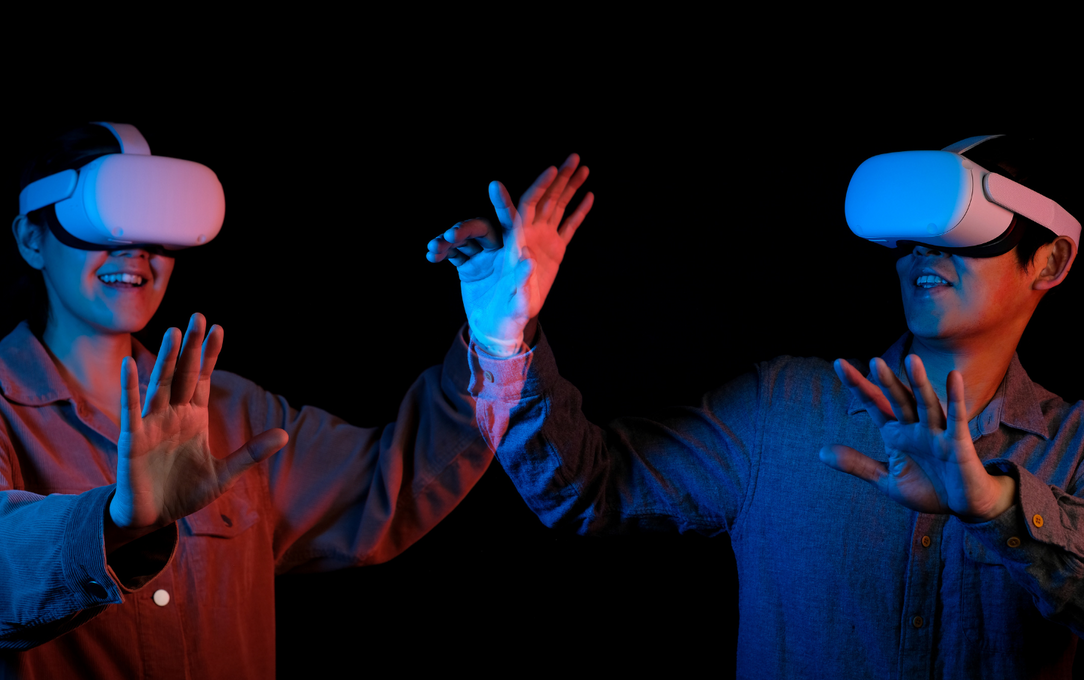How charities have adapted their content in light of Covid-19

‘Fast-changing priorities’ has been one of the biggest challenges facing charity professionals during the Coronavirus epidemic. For those working in comms and social media, it has never before been more imperative to know your audience, what their needs are and how their behaviours are changing.
I spoke with five charities to understand how they have adapted their content in light of Coronavirus.
Kidney Care UK
The fact many of their staff are shielding themselves means that they know exactly what their supporters are going through.
“From the start, we recognised that the information coming out from the government and from medical organisations wasn’t particularly aimed at patients,” says Sharon Woodward, senior PR & media officer at Kidney Care UK.
From around mid-March, they started to work in a small cross-organisational group with representatives from the Policy team and the Communications team to translate this guidance into something a bit more understandable.
“Where necessary we pull in expertise from other parts of the charity, for example, one of our counsellors for advice around anxiety and mental wellbeing or a member of our Advocacy team based in one of the nations to ensure that our advice applies to all. Sometimes we need to shift our working patterns to enable us to review and update our advice, so some of us will work into the evening and then do slightly shorter hours the following day, for example.”
They are also speaking directly to patients themselves to make sure that they are answering the questions that need to be answered and asking the right questions of government too. “We’ve set up a survey so that we can do this as well as asking on our social media channels. This has enabled us to identify hot topics such as access to food delivery slots, which has been a huge problem for kidney patients who are in the vulnerable category and have to shield until the end of June.”
This insight has also driven their work, for example identifying partnership opportunities with a group of other charities also having similar issues; which led to considerable media and social media activity.
“We also want to ensure that no one faces kidney disease alone; it’s one of the reasons we exist as a charity. Which is why we have been creating more creative blog content and asking our supporters to share their own experiences of the lockdown via a blog post on our website.”
Marie Curie
Marie Faulkner, social media lead at Marie Curie UK, said that the charity has seen an increase of 430% in engagement on social media because their content has shown how they’re working on the front line.
They looked at their analytics and it soon became clear that people were choosing which social media platform to spend time on, depending on what mood they were in. So their content needed to reflect that.
With Twitter, they adapted to a focus of reacting to the news, media hooks and being on topic, which has led to increased followers and engagement. They’ve responded quickly to government announcements and complemented it with graphics and images on topics such as how to manage anxiety and bereavement.
“With Facebook and Instagram we needed more ‘feel-good’ content as well as content which reflected what our nurses were doing on the front line. But our ‘bread and butter’ content of love and inspiration is still really important too on these channels.”
"My heart fell when the hospice called to say Mum had coronavirus. I thought 'this isn’t good'. She’s 80 years old and…
Posted by Marie Curie UK on Monday, May 11, 2020
British Heart Foundation
“When it became apparent that we were headed into lockdown, one of the first conversations we had was how we were going to adapt our social media strategy accordingly,” says Jo Eden, social media manager at the British Heart Foundation.
Before the pandemic, they were publishing their social content based on user behaviour.
“We used to see peaks around 8.00 am and from 5:30 pm to 7:00 pm when people were commuting, but this has changed significantly. Screen time has gone through the roof because a lot of people don’t have anything else to do.”
“While it is still important to be consistent and reassuring, you can’t carry on like usual and post regular social content as you run the risk of becoming irrelevant. You need to engage with conversations that people are already having. Currently, there is a ‘good news movement’ which we’re taking advantage of as we have plenty of good news stories to tell.”
Read more about shifting social strategies with Jo on The Brand Blog.
Cruse Bereavement Care
Helen Leathem, social media executive at Cruse, explains that they have been using analytics to help understand which messaging has been getting the most interest from their audiences so that they could tailor their content to support them best.
“We realised quite early on that ‘grieving in isolation’ was a topic that resonated with many people so, once we’d created online support resources for this, we worked-up simple graphics for Facebook, Twitter and Instagram to help reinforce the message.”
They’ve also seen that breaking up their posts with uplifting content performs well, too,” Our Corona crisis-driven fundraising campaign Colour For Cruse – which features some really lovely, bright imagery – has had lots of positive engagement, for example.”

Breast Cancer Now
“While working remotely, we wanted to reach more people affected by breast cancer with trusted information and maintain the audience and engagement we’ve built for Breast Cancer Now, particularly through our monthly Facebook and Instagram Live broadcasts with our Nurses over the past two years. With live content becoming increasingly popular on Facebook, we took the decision to increase the frequency of our broadcasts to weekly, to help us meet the urgent need for trusted information and support at this difficult time. This led to our content in April receiving 93% more total monthly views than in March.
For each Facebook Live broadcast, we’ve been focussing on answering our audience’s questions, whether about COVID-19 and its impact on people affected by breast cancer or more broadly about treatments and side effects. Our Nurses now host the broadcast themselves on their phones from home, with a custom Facebook Frame we made in place of our usual banner branding. Offering another channel to help provide answers and information during this uncertain time compliments our Helpline and email-based support services.”
How has your content changed during this time? Let us know by tweeting us at @Lightful.
Latest articles

In a world of growing uncertainty, small and local non-profit organisations often find themselves with competing priorities and struggle to plan how to allocate their available resources. Despite the increasing demand for their vital work, they are not always able to allocate the funds they receive to strategic planning and future growth.

As the world becomes more digitally-focused, it’s essential for nonprofits to have a digital presence. With more and more options for online engagement, we know that this can be challenging for nonprofits to tackle. But, we also know that it is a huge opportunity to increase audience engagement, awareness and fundraising. To help nonprofits navigate this, we’re going to explore the “whys” and “hows” of creating a nonprofit digital strategy. We’re even providing a free digital strategy canvas to help nonprofits improve their online presence in just a few steps.
Related posts

As the world becomes more digitally-focused, it’s essential for nonprofits to have a digital presence. With more and more options for online engagement, we know that this can be challenging for nonprofits to tackle. But, we also know that it is a huge opportunity to increase audience engagement, awareness and fundraising. To help nonprofits navigate this, we’re going to explore the “whys” and “hows” of creating a nonprofit digital strategy. We’re even providing a free digital strategy canvas to help nonprofits improve their online presence in just a few steps.

We’ve been hearing a lot about the metaverse lately and nonprofits that we work with are wondering what the emerging technology means to them. It’s difficult to get your head around something so new and different so we wanted to try to dig into it to understand more.
See who we help
Contact us
Want to learn more?
Email Jonathan and start a conversation





